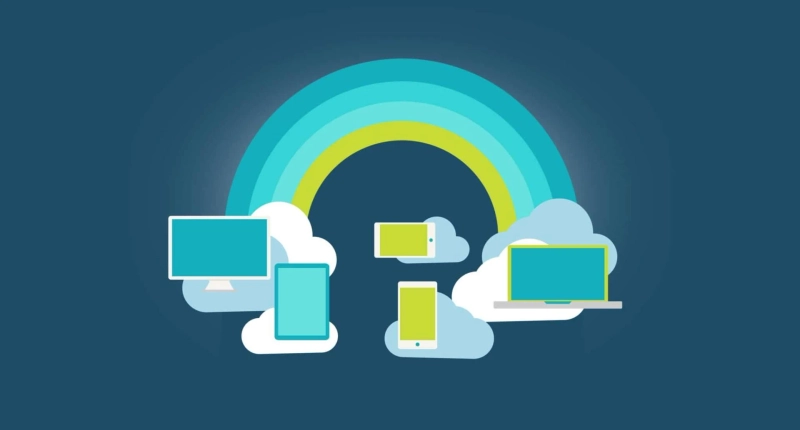The term "cloud services" refers to a wide range of internet-based services that are offered on demand to businesses and customers. These services are meant to enable simple, cost-effective access to applications and resources without requiring internal infrastructure or hardware. Whether they realize it or not, most employees utilize cloud services throughout the workday, from checking email to collaborating on papers.
Cloud computing vendors and Cloud service providers oversee all aspects of cloud services. Customers access them through the providers' servers, eliminating the need for a corporation to host applications on its own on-premises servers.
How is cloud services delivered?
When deciding how to use cloud services, businesses must also consider whether type of environment is ideal for them: public cloud, private cloud, or a hybrid of the two.
Public cloud security services are services that a provider makes available over the internet to a large number of consumers. All of the aforementioned instances of SaaS, IaaS, and PaaS are public cloud-based services. The capacity to share resources at scale is the most significant advantage of employing public cloud services, allowing firms to provide employees with more capabilities than would otherwise be possible.
Private cloud services are those that a provider does not make publicly available to corporate users or subscribers. Apps and data are made available through the organization's own internal infrastructure under a private cloud services model. The platform and software are only used by one company and are not made available to other people. Private clouds are frequently used by companies that operate with extremely sensitive data, such as those in the healthcare and finance industries, to use enhanced cloud security mechanisms and extend resources in a virtualized environment as needed.
A private cloud solution is integrated with public cloud services in a hybrid cloud environment. This solution is common when a company has to store sensitive data in the private cloud but also wants employees to have access to public cloud apps and resources for day-to-day communication and collaboration. To allow communication across Google cloud services, proprietary software is often utilized, which is managed through a single IT administration console.
Types of Cloud Services
The dynamic consequences of cloud adoption are already visible in the three widely used cloud computing service models: software-as-a-service (SaaS), infrastructure-as-a-service (IaaS), and platform-as-a-service (PaaS) (PaaS).
Another distinguishing feature of cloud computing is that each SaaS, IaaS, and PaaS offering's processing, storage, networking, and integration capabilities are effectively owned by the vendor and supplied to the user as a service on an on-demand, subscription basis.
These three categories are designed to be stacked on top of one another, allowing them to function alone or in tandem. Consider a three-tiered pyramid with SaaS at the top, PaaS in the middle, and IaaS at the base, all of which benefit end users.
1: Software-as-a-Service (SaaS)
SaaS, or "on-demand software," is the most widely used cloud computing service for commercial customers. SaaS is replacing or supplementing traditional enterprise systems such as ERP, accounting, human resources management, content management systems, supply chain and inventory management, and customer relationship management (CRM) programmes, among others, with a wide range of application and service types. Users can access a variety of cloud applications on an as-needed basis because SaaS does not involve the purchase of an expensive licenced package.
2: Platform-as-a-Service (PaaS)
PaaS can be thought of as the cloud's middleman, as it lies in the middle, connecting SaaS and IaaS. This cloud service gives consumers access to all of the tools they'll need to build a digital platform. It includes the software and technology needed to design, develop, test, deploy, manage, and operate applications while integrating, analysing, and sharing data, as well as the foundation for storage, networking, and virtual servers.
3: Infrastructure-as-a-service (IaaS)
Essential building components, database storage, and a virtual platform are all provided by the IaaS layer. The sophisticated and expensive hardware is outsourced to a third-party cloud vendor by constructing cost-saving and scalable IT solutions. For clients who can self-provision storage or processing power on IaaS platforms, all of these IT components are automated. Vendors are also in charge of continuous maintenance, such as system upkeep, data backup, and business continuity.


